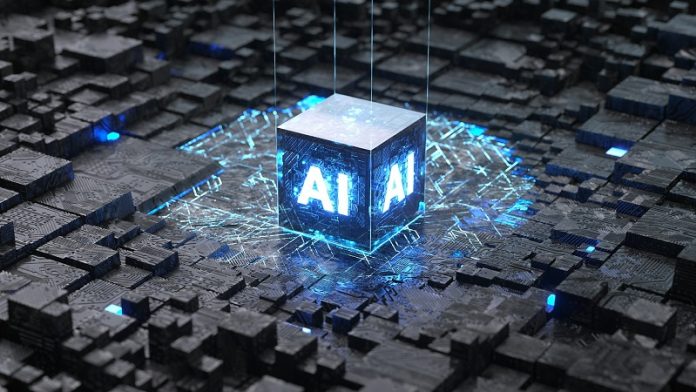
Artificial intelligence (AI) tools like ChatGPT have become hugely popular around the world. Every day, people use them for writing, translating, answering questions, and more.
But running these powerful AI systems requires a lot of electricity and water—especially the large language models (LLMs) that power them.
A new study by researchers at University College London (UCL) shows that we can make AI much more eco-friendly by making some surprisingly simple changes.
The research, published in a new UNESCO report and presented at the AI for Good Global Summit in Geneva, looked at how certain tweaks to AI models and how we use them could dramatically reduce their energy use.
The team experimented with an open-source AI model called LLaMA 3.1 8B from Meta. Because it’s fully modifiable, the researchers could test different energy-saving techniques—something that’s not possible with closed models like GPT-4.
They found that reducing the number of decimal places used in AI calculations—a method known as quantization—could lower energy use by up to 44% while still keeping answers nearly as accurate.
This works because rounding numbers makes the calculations simpler, just like how solving 2 + 2 is easier than solving 2.34 + 2.17.
The team also found that using shorter prompts (user instructions) and shorter AI responses cut energy usage even more. For example, halving the response length led to a 54% drop in energy consumption.
In another part of the study, the researchers compared the large LLaMA model to much smaller AI models that were each trained to specialize in one task—like summarizing text, translating, or answering questions.
These smaller models used dramatically less energy: 15 times less for summarizing, 35 times less for translation, and 50 times less for answering general questions. Surprisingly, they were also slightly more accurate than the larger model.
When the researchers calculated how much energy could be saved if these strategies were used for just one day’s worth of queries on ChatGPT, the results were impressive.
Combining quantization with shorter prompts and responses could reduce energy use by 75%—enough to power 30,000 UK households for a day.
For more repetitive tasks like summarizing and translating, using smaller models and shorter messages could cut energy use by over 90%, equivalent to powering 34,000 households.
The report’s authors argue that using the right-sized AI model for the job is key to building a sustainable future. For complex or creative tasks, large models may still be useful. But for simpler jobs like language translation or pulling basic facts, smaller models can do the work just as well and use a lot less energy.
The researchers hope that as competition grows among AI companies, efficiency will become a bigger priority. They say the future of AI shouldn’t be about bigger and more powerful models—it should be about being smarter with how we design and use them.
One of the report’s authors, Professor Ivana Drobnjak, says the goal is to build AI systems that are more like a human brain—using just the parts it needs at any given moment, instead of firing on all cylinders all the time. This “smarter, leaner” approach could help AI grow without draining the planet’s resources.
Source: University College London.



